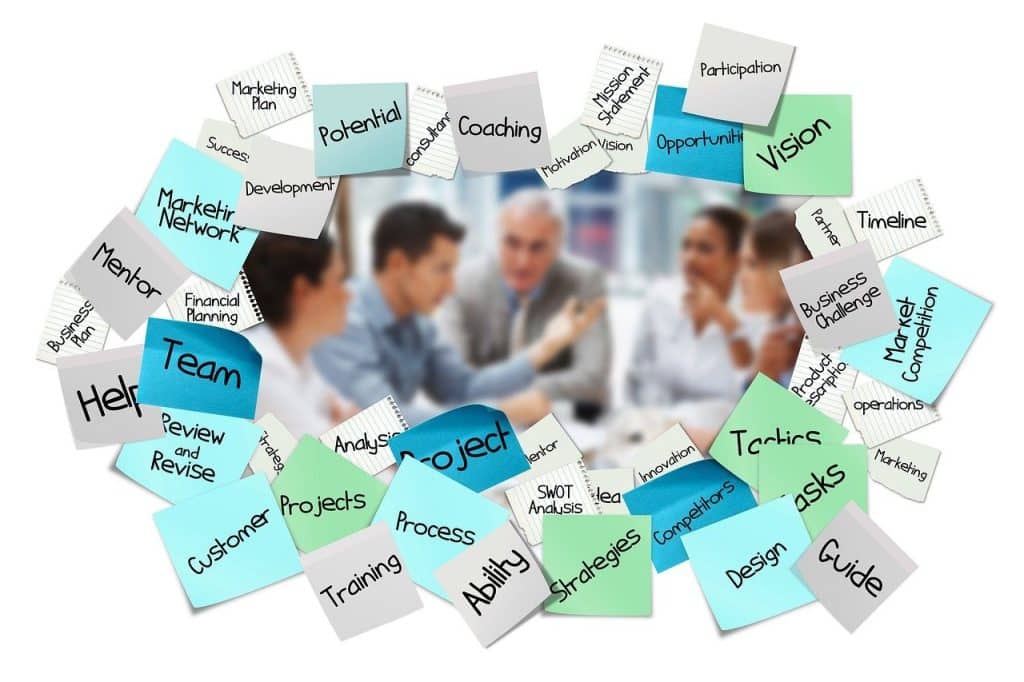As organisations navigate shifting markets, emerging technologies, and evolving workforce expectations, the demands placed on leaders have never been greater. Strategy remains essential, but it is the capability of those guiding teams through uncertainty that often determines whether a business advances or falls behind. In 2025, leader development has firmly become a business imperative.
Many organisations are already experiencing signs of leadership strain, including managing hybrid teams effectively, making decisions with limited information, and supporting employees through increasingly complex challenges. These pressures underscore why investing in firm, resilient leaders has shifted from “nice to have” to a “strategic priority.”
Why Leader Development Matters Now
The way we work has undergone a dramatic transformation. Hybrid and remote models rely on digital communication, creating new expectations for clarity and connection. AI and automation are reshaping operations, requiring faster and more informed decisions. Meanwhile, economic volatility has shortened planning cycles and increased the need for adaptability.
In this environment, strong leadership makes a measurable difference. Organisations with well-supported leaders often see higher engagement, lower turnover, and better innovation. When leaders are equipped to guide teams through uncertainty, entire organisations benefit from clearer direction, stronger morale, and greater agility.
What Makes Leader Development Effective?

(Successful leadership programmes prioritise real-world challenges – Image: Pexels)
Not all leadership programmes achieve meaningful results. High-impact initiatives prioritise real-world challenges over abstract theory. Four capabilities consistently stand out as critical in 2025:
1. Strategic Thinking and Vision
Effective leaders must anticipate market shifts, technological advancements, and changing customer expectations. Programmes that build scenario planning, trend analysis, and long-term decision-making help leaders align everyday actions with broader organisational goals and articulate direction clearly.
2. Emotional Intelligence and People Skills
Modern teams thrive under emotionally intelligent leaders: those who communicate with empathy, navigate conflict constructively, and build trust. Leaders who listen actively and support their teams during challenging times can have a significant impact on engagement and performance.
3. Adaptability and Resilience
From tech rollouts to strategy pivots, disruption is now a constant. Development programmes that help leaders stay composed under pressure and learn from setbacks enable them to model confidence and stability for their teams.
4. Communication and Influence
In dispersed workplaces, communication remains essential. Strong leaders tailor messages to different audiences, clarify expectations, and inspire action, even when delivering challenging news. Skills such as digital communication, storytelling, and influence are now essential to effective leadership.
Building a Culture of Development
Leader development has the greatest impact when it is woven into everyday culture, rather than delivered as a single event.
Mentoring and Coaching
Informal development through mentoring supports continuous growth. Pairing emerging leaders with experienced colleagues encourages learning rooted in daily work and reinforces a culture of shared knowledge.
Cross-Functional Experience
Leaders who understand different parts of the business make better decisions. Rotations, project-based roles, and cross-team initiatives broaden leaders’ perspectives and deepen organisational awareness.
Real-World Application
Leadership skills are strengthened through practice. Opportunities to manage change, oversee projects, or navigate complex situations help leaders translate theory into capability, supported by timely feedback.
Organisations such as Klara, which provides leadership programmes tailored for modern workplaces, highlight that ongoing, real-world application is one of the most reliable ways to strengthen leadership pipelines.
Measuring the Impact

(Leadership development must be evaluated against clear indicators – Image: Pixabay)
For leader development programs to deliver long-term value, they must be evaluated against clear indicators. Common measures include:
- Improvements in engagement and retention
- Growth in internal promotions
- Stronger succession pipelines
- Performance metrics such as customer satisfaction or profitability
Participant and team feedback also play a vital role, helping organisations refine programmes and ensure they remain relevant.
The Return on Investment
When done well, leader development enhances not only individual capability but also organizational effectiveness. Teams become more aligned, communication improves, and employees feel more supported. Organisations also become more attractive to high-performing talent, creating a positive cycle: capable leaders build strong teams that drive sustained growth.
What’s Next for Leader Development?
As work environments continue to evolve, so too do development strategies. AI-powered learning platforms, virtual simulations, and immersive digital environments now offer adaptive and realistic development opportunities for hybrid teams. These tools provide flexible, scalable learning aligned with modern business needs.
There is also increasing momentum toward expanding access to leader development. By investing in leaders at all levels, not just senior managers, organisations can harness diverse perspectives, strengthen decision-making, and build a more resilient leadership pipeline.
The Future
In a complex and competitive business environment, leader development is no longer optional. It equips leaders with the skills, mindset, and confidence needed to guide teams through constant change. For organisations committed to long-term impact, investing in leadership remains one of the most effective ways to strengthen culture, drive performance, and prepare for the future.

